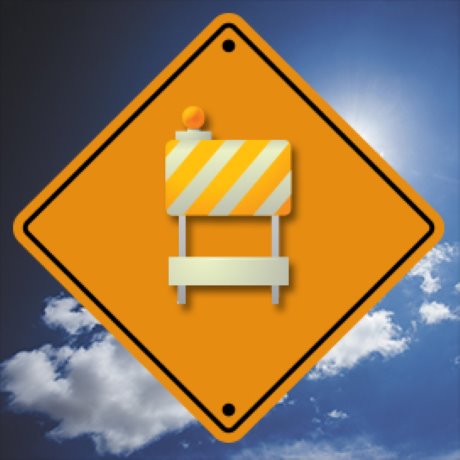Many B.C. residents are wondering why the Mount Polley tailings facility failed and the government has vowed to find out.
Provincial officials and First Nations have ordered an independent investigation into the Mount Polley Mine tailings pond breach.
Independent, third-party reviews of recent dam safety inspections for every tailings pond in the province have also been announced.
Experts will pore over geotechnical standards, the design of the dam, maintenance, regulations, inspections regimes and other matters deemed appropriate for investigation.
The results of the investigation are expected in January.
"We have a responsibility, as the jurisdiction where this failure took place, to find out exactly why it happened, ensure it never happens again and take a leadership role internationally in learning from this serious incident," said Bill Bennett, minister of energy and mines.
All mining companies have been ordered to conduct a dam safety inspection for every tailings storage facility at a permitted mine by Dec. 1.
There are currently 98 permitted tailings impoundments at 60 operating and closed metal and coal mines in B.C.
On Aug. 4, the Mount Polley Mine tailings site breached and released millions of cubic metres of water and sand into Polley Lake.
While the flow has substantially decreased, it hasn’t stopped.
Imperial Metals, the company operating the mine, is building a dike around the breach.
So far, water and animal tests show signs the spill is not toxic and water use bans have been mostly lifted.
John Sobkowicz, a geotechnical engineer with Thurber Engineering, explained that nearly all mining operations require some form of tailings containment.
To get at mining resources you have to grind down materials and separate them using water.
What’s left is tailings.
At the beginning of a project, an above ground facility can be used until pits dug for mining replace it.
The dikes are often constructed from the tailings material itself or overburden collected during mining.
Sobkowicz said engineers check to see if the dike is stable and not moving significantly.
They also want to ensure there isn’t excessive or concentrated seepage through the dike wall or the ground.
He said that some seepage in dams is normal.
"The trick is to control the seepage, so it doesn’t get concentrated at one point," he said.
The two main environmental risks are flood or earthquakes which, based on the size of the dam and risk it presents, engineers must plan for. Sobkowicz said there are two main reasons for dam failure. The first is overtopping from flooding, which is too much water in the structure.
However, this is not a big risk for most tailing ponds which are often closed structures not connected to area rainfall drainage.
The second is piping.
Piping is when concentrated seepage occurs in a structure.
As the seepage flow increases, the dam wall begins to erode creating a pipe through the structure.
When big enough, the pipe can collapse the material above it leading to a catastrophic dam failure.
Deciding when to building a new tailings facility or upgrade an old one is not a simple decision.
"At most, if not all of these mining structures, the planning for them is a combined effort," he said.
The mine planners are concerned with what material goes where and when, and the dike engineer is concerned about the structure’s performance.
Sometimes dike projects need to be delayed because of mine production or oil prices and sometimes engineers are asked to build more years of life into a facility.
According to Tony Chong, chief regulator officer for the association of professional engineers & geoscientists of B.C., the list of engineering concerns when designing tailing ponds is lengthy. Seismic resiliency, hydrostatic pressures against the dam embankments, likelihood of hydrostatic tunnelling, availability of suitable material for the various components of the dam, nature of the tailings material, proximity of nearby development and watercourses all factor into decision making.
"… there are many engineering concerns to be addressed and for this reason, qualified professionals are required to carry out this work," he said.
Engineers must also create dams that are up to design standards.
The Canadian Dam Association was conceived by the industry to promote dam safety. They produced the Canadian Dam Safety Guidelines, a document that has gone through three revisions.
He said most provinces have adapted their regulations to be in line with the document and have grown with it.
"It covers how to design a structure, how to monitor its performance and how often it should be inspected," he said.
And all those things depend on the structure’s consequence of failure, ranging from low to extreme.
A 200 metre-high dam close to a populated city is going to have much higher failure consequences than a small structure in the wilderness.
The higher the rating, the more extreme the event that must be planned for and structure performance reviews become more common.
But, it’s not always enough. He said that no matter how many sensors or instruments used or how careful people are, accidents can occur.
"Every once in a while something happens and there’s a lot of reasons something might fail," he said.
It might be an internal weak spot that can’t be seen, the design of the structure might be flawed or those operating the structure could be doing it wrong.
"If you look at the record of tailings dam performance in Canada and particular in B.C. it’s particularly good," he said.



Recent Comments
comments for this post are closed